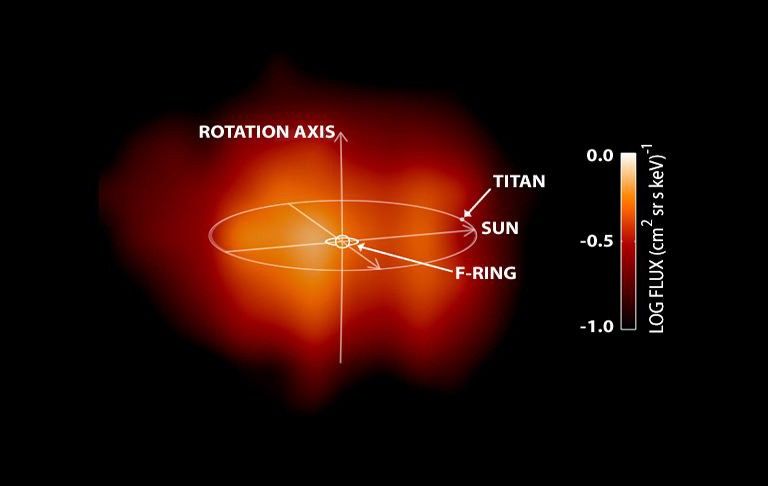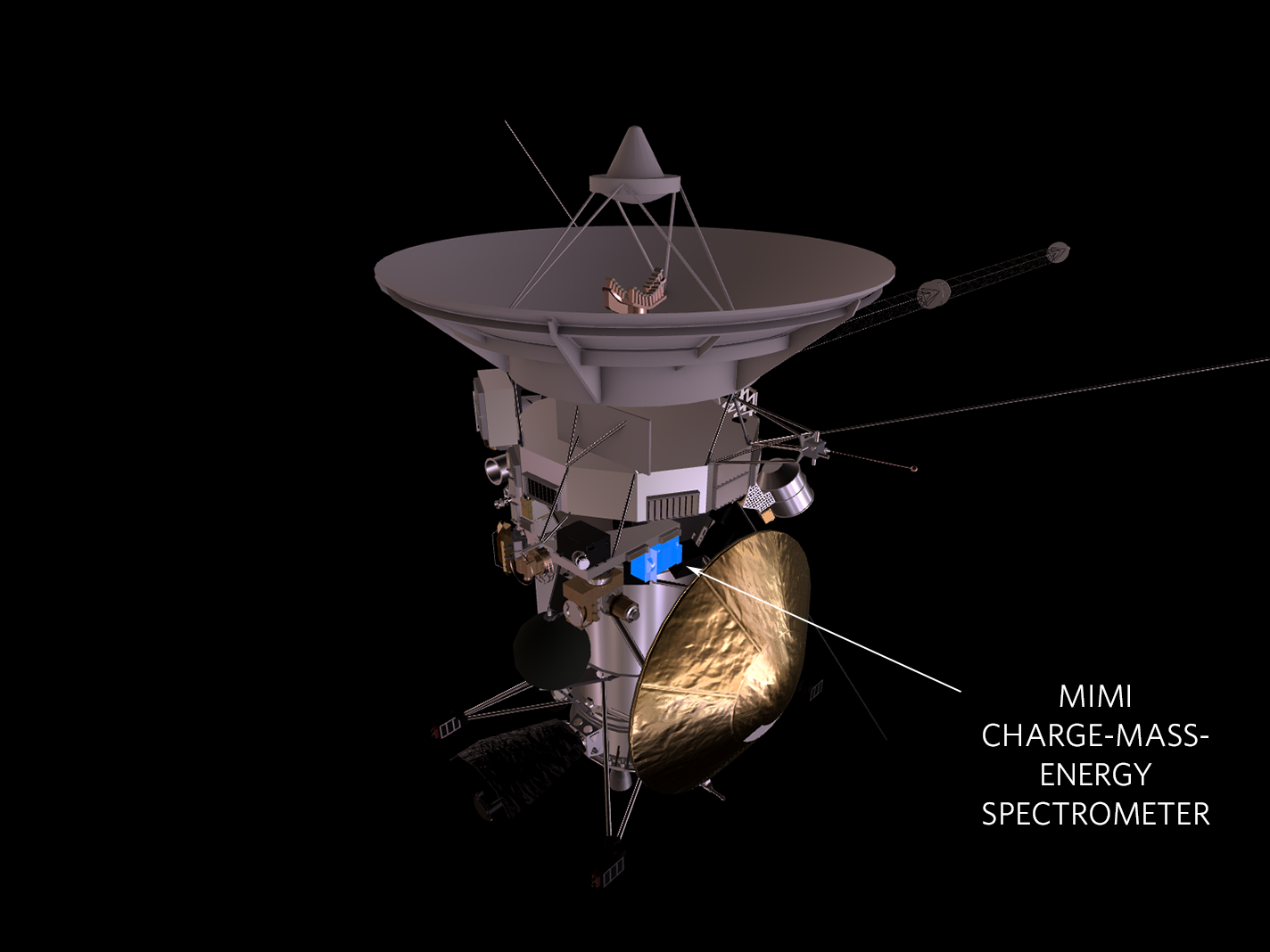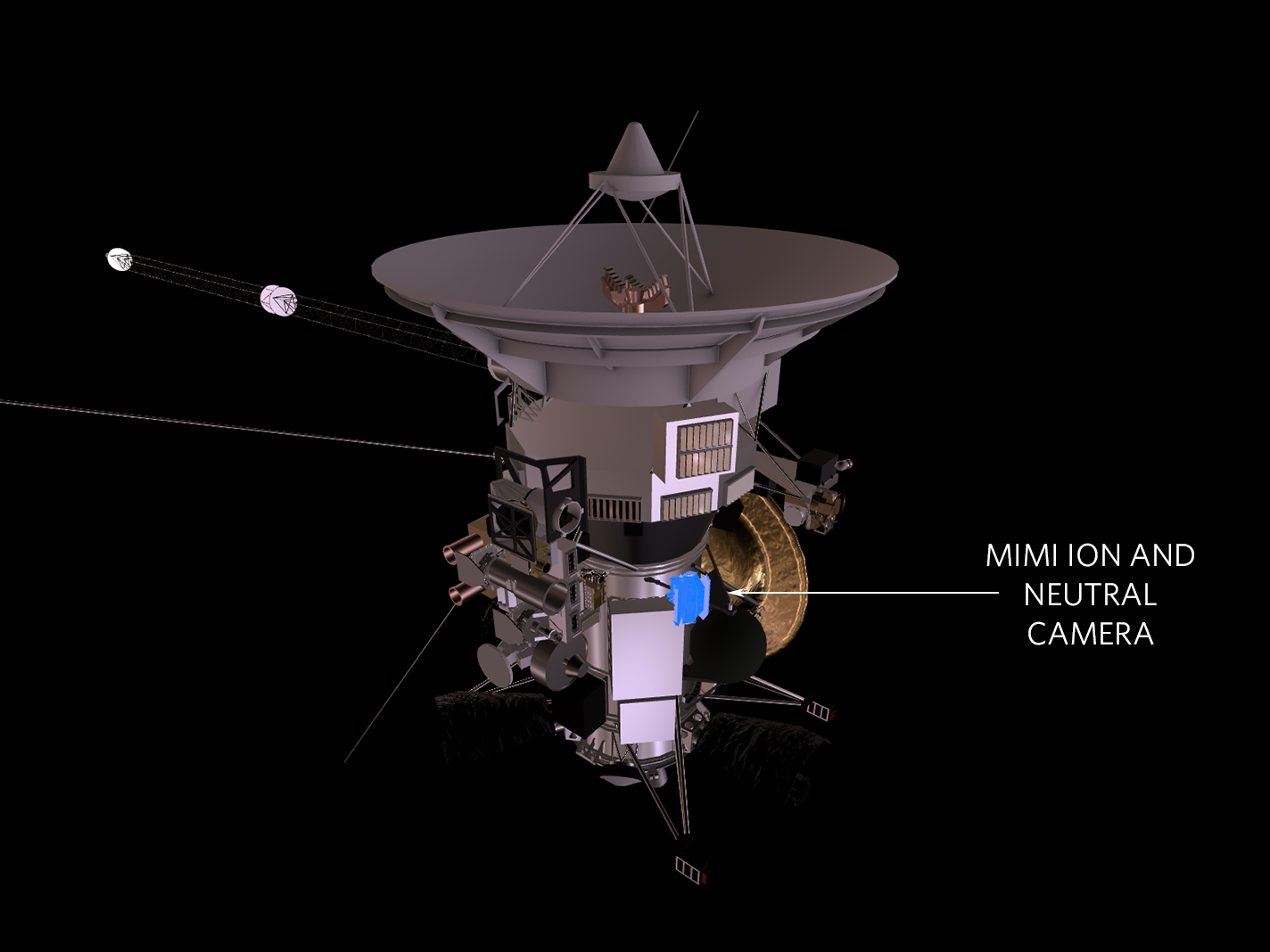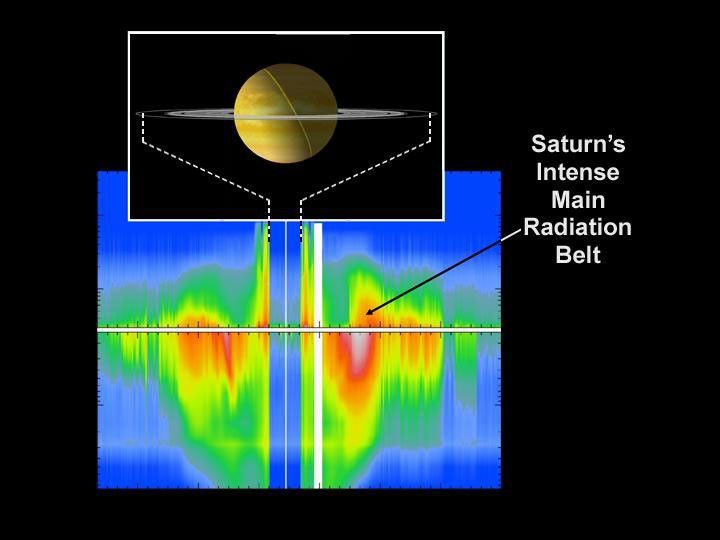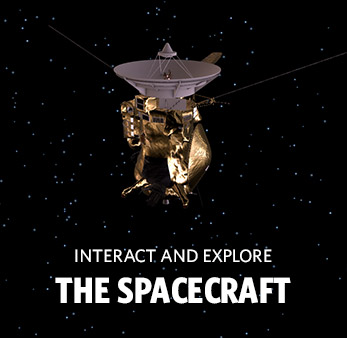How It Worked
Cassini’s Magnetosphere Imaging Instrument, known as MIMI, had three sensors. Together, they detected energetic charged particles (protons, electrons, ions) in the excited gas, or plasma, around Saturn, and atoms without an electric charge, called neutral atoms.
How We Used It
In concert, MIMI’s three sensors helped determine the charged particle populations of Saturn’s magnetosphere, as well as how the magnetosphere interacts with the solar wind. MIMI also observed how Saturn’s magnetosphere interacts with Saturn’s atmosphere, rings, icy moons and Titan.
The sun constantly blasts the solar system with a torrent of charged particles called the solar wind, which travels away from the sun at about a million miles (1.6 million kilometers) per hour.
The solar wind can strip atmospheres from worlds, but like Earth, Saturn has a natural shield called a magnetosphere, which Cassini’s Magnetosphere Imaging Instrument, known as MIMI, was sent to study.
Not all planets have this protective force field. “Venus and Mars are not globally magnetized, but all four outer planets are,” said MIMI scientist Chris Paranicas, a physicist at the Johns Hopkins University’s Applied Physics Laboratory in Laurel, Maryland.
Thousands of miles below Saturn’s visible cloud layers, fluid movements in the planet’s metallic hydrogen interior generate currents that produce a planetary magnetic field that extends far beyond Saturn itself.
A magnetosphere isn’t so much an object as it is a region. Magnetic fields easily influence particles that carry an electric charge, in other words, electrons and atoms that have lost or gained electrons. The solar wind has its own magnetic influence, and it pushes against Saturn’s magnetic field, but Saturn’s field is strong enough that it dominates a large region around the planet.
Not all planets have a magnetosphere, according to MIMI scientist Chris Paranicas, a physicist at the Johns Hopkins University’s Applied Physics Laboratory in Maryland. “Venus and Mars don’t have a global [magnetosphere] at all, and Pluto doesn’t as far as we know,” Paranicas said. But Saturn does, and it’s a doozy.
That region, the magnetosphere, is the volume of space shielded from the solar wind by Saturn’s magnetic field where the fast-moving charged particles floating around Saturn cannot easily escape. They are confined and must move according to the planetary magnetic field's force. The information MIMI gathered about this region helps scientists study the size and shape of the magnetosphere, how it changes, and how it interacts with the solar wind and everything inside it.
MIMI included three separate sensors that performed different functions. Two of MIMI’s sensors studied particles in the immediate vicinity of Cassini as its orbits carried the spacecraft to different regions around Saturn.
The Low-Energy Magnetospheric Measurement System, known as LEMMS, measured the number of electrons, protons and ions that struck its detectors, as well as how fast they were traveling and what directions they were coming from.
The Charge-Energy-Mass Spectrometer, called CHEMS, measured the charge and composition of the particles that struck its detectors. Each particle’s mass tells scientists what element it is, for example, whether it's a proton or a “water group” ion such as H2O+.The third sensor was the Ion and Neutral Camera, called INCA. It was like a pinhole camera, but it created images using high velocity atoms instead of photons.
Sometimes an energetic ion – a fast-moving atom with an electric charge – is zipping along, traveling in tight circles about a magnetic field line and bangs into a much slower neutral atom (such as an atom of the water vapor cloud produced by Enceladus, with no electric charge). Like a pickpocket, the fast-moving ion steals an electron from the neutral atom at the moment they collide, making itself neutral.
With no electric charge, the newly neutral atom is released from the confinement of Saturn’s magnetic field, and it flies off in a straight line from wherever the electron theft occured. Because they retain much of the speed they had when they were ions, these neutral atoms are called “energetic neutral atoms” or ENAs. And when a neutral atom passed through INCA’s detectors, the device noted its speed, composition and which direction the atom came from.
Since neutral atoms travel through space in straight lines, INCA determined where in the Saturn system the pickpocketing (the electron exchange) took place. The Saturn system is swarming with both neutral atoms and ions, which allowed MIMI to produce images of the magnetosphere and helped scientists to understand how the planet, its moons and its rings exchange matter and energy.
Pioneer 11 and Voyagers 1 and 2 passed by Saturn, but Cassini is the first to actually orbit the planet. “We only had limited information from the Voyager flybys,” said Doug Hamilton, a University of Maryland physicist and MIMI scientist. “With Cassini, you can look at seasonal changes.”
For example, the MIMI science team determined that the amount of molecular oxygen ions in Saturn’s magnetosphere varies with Saturn’s seasons and that these ions must be coming from the rings.
And because MIMI detected not only the energy of the particles but their composition as well, scientists can determine the sources of plasma in Saturn’s magnetosphere. “We’ve learned a lot about that,” Hamilton said. “We now know that water and water products [ions] are the main component of Saturn’s plasma.” And the source of all this water is the small moon Enceladus, whose jets send water vapor and ice into space around Saturn.
Before Cassini, scientists knew that Saturn had radiation belts like Earth’s Van Allen belts. These are two doughnut-shaped regions (a larger one wrapped around a smaller one) encircling Earth where our planet’s magnetic field traps charged particles. But at Saturn, MIMI scientists actually watched a radiation belt disappear. “We observed a transient radiation belt outward of the main belts during the Cassini mission and we imaged a small belt inward of the main rings,” Paranicas said. “Those are things we didn’t know about before MIMI.”
The MIMI science team also watched the amount of carbon ions increase in Saturn’s magnetosphere, and discovered that “explosions” of plasma on Saturn’s night side can produce sufficient pressure to cause the planet’s magnetic field to inflate.
MIMI was the first instrument ever designed to produce an image of a planetary magnetosphere, and it first did so in 2004, before orbit insertion, when Cassini was about 3.7 million miles (about 6 million kilometers) from Saturn.
At a Glance
- Mass: 16 kg
- Average Operating Power: 14.00 W
- Average Data Rate: 7.00 kilobits/s
Photojournal: MIMI Gallery
Explore the NASA Planetary Photojournal's gallery of images, videos and illustrations related to discoveries made by Cassini's MIMI instruments.
Cassini Orbiter Instruments
They surveyed and sniffed, analyzed and scrutinized. They took stunning images in various visible spectra. Cassini's 12 science instruments were designed to carry out sophisticated scientific studies of Saturn, from collecting data in multiple regions of the electromagnetic spectrum, to studying dust particles, to characterizing Saturn's plasma environment and magnetosphere.
Optical Remote Sensing
Mounted on the remote sensing pallet, these instruments studied Saturn and its rings and moons in the electromagnetic spectrum.
- Composite Infrared Spectrometer (CIRS)
- Imaging Science Subsystem (ISS)
- Ultraviolet Imaging Spectrograph (UVIS)
- Visible and Infrared Mapping Spectrometer (VIMS)
Fields, Particles and Waves
These instruments studied the dust, plasma and magnetic fields around Saturn. While most didn't produce actual "pictures," the information they collected is critical to scientists' understanding of this rich environment.
- Cassini Plasma Spectrometer (CAPS)
- Cosmic Dust Analyzer (CDA)
- Ion and Neutral Mass Spectrometer (INMS)
- Magnetometer (MAG)
- Magnetospheric Imaging Instrument (MIMI)
- Radio and Plasma Wave Science (RPWS)
Microwave Remote Sensing
Using radio waves, these instruments mapped atmospheres, determined the mass of moons, collected data on ring particle size, and unveiled the surface of Titan.




























